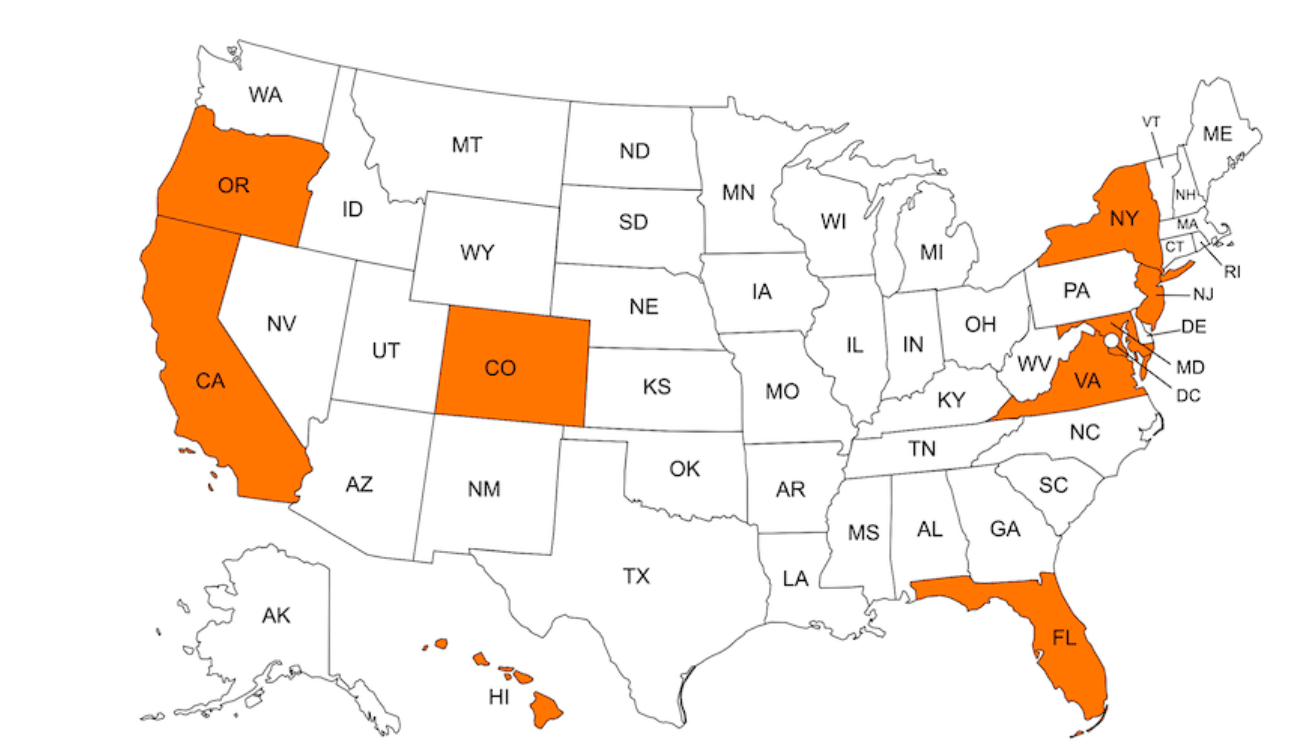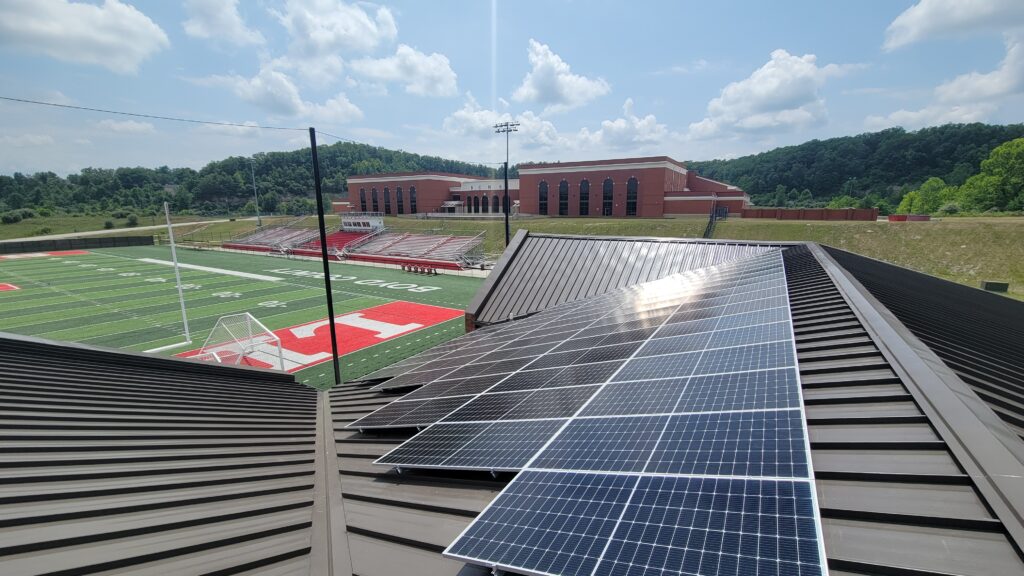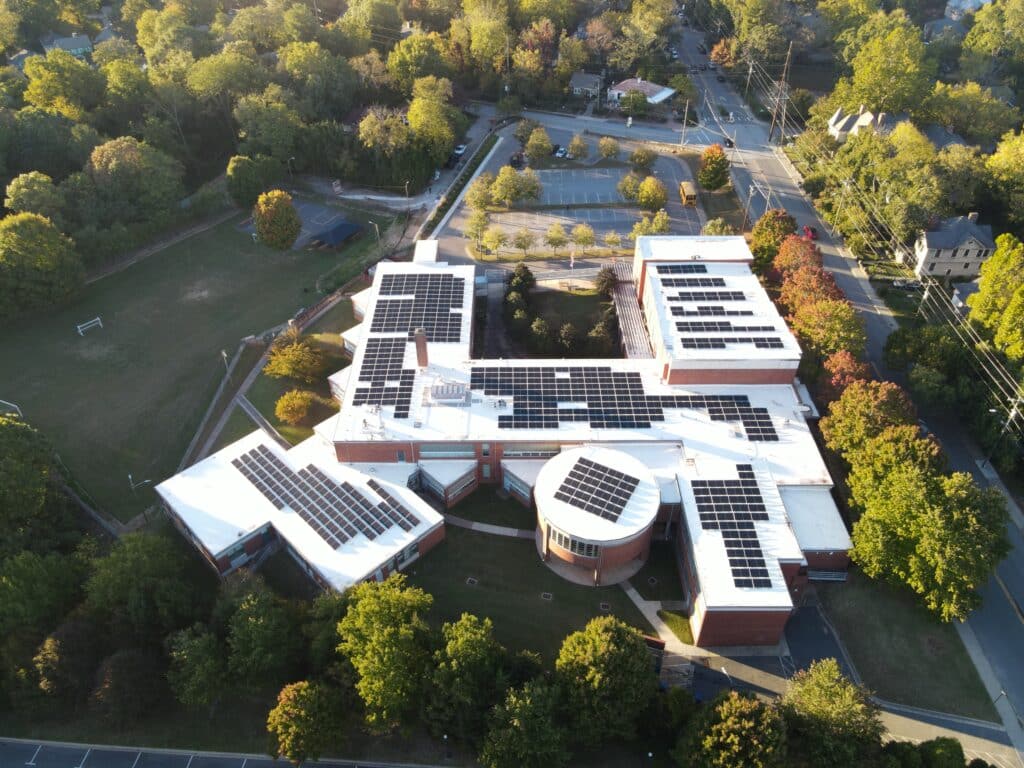So you live in an apartment complex with onsite parking, and you want to get an electric car. Where will you charge your new ride? It’s a big question for many people who live in multi-unit dwellings, a.k.a, multifamily housing. Increasingly, property owners and residents are installing electric vehicle (EV) chargers, recognizing the appeal—and climate necessity—of going electric.
Close to a third of U.S. housing is in the multifamily category, and most charging happens at home. As more drivers seek the benefits of EVs—no polluting tailpipe emissions, lower fueling costs, quieter engines—multi-unit housing has a chance to play a major role in the transition. But even when the benefit of installing chargers is clear, the process may not be. How much will it cost? What funding is available? What type should be installed, and where?
Some landlords might feel it’s easier to direct EV drivers elsewhere.
“When I was a renter, I asked the property management about EV charging. They asked me not to try to install charging at my parking spot,” says Brennan Balson, an EV driver since 2012 who joined our November webinar on EV charging in multi-unit dwellings. “Instead, they asked me to use a public charger at an affiliated property down the street. The pricing on that unit was fair, so I took that option.”
If you’re curious about having a similar conversation and want to bring EV charging to your multi-unit dwelling, check out our toolkit. In it, you’ll learn how to start the conversation about charging at your building, how to make a strong pitch, and what you need to know in terms of charging types and installation.
It’s a misconception that installing chargers is pointless in certain places because apartment dwellers can’t afford electric vehicles.
On the contrary, as the saying goes: If you build it, they will come.
“That’s been my attitude all along,” Tim Baker, fleet manager for Washington State’s King County Housing Authority, said during the webinar. “If you put the stations in, cars start showing up, because people realize they can charge at their home. That’s going to incentivize them to maybe buy an electric vehicle.”
If you put the stations in, cars start showing up, because people realize they can charge at their home. That’s going to incentivize them to maybe buy an electric vehicle.
Ayesha Hudson, a real estate developer in Washington, D.C., who focuses on housing in undervalued neighborhoods, echoed this during the webinar. “There are a lot of affordable electric vehicles now,” she said. “People in our community, perhaps if they saw the infrastructure more, we would be more inclined to look at an electric vehicle.”
Here are some tips for getting charging installed where you live.
Research available funding and incentives
Many cities and states have funding available to support EV charging infrastructure. Utilities also have incentive programs (see this example from Pepco) to help cover the cost of equipment and installation. Don’t overlook the technical support many such programs offer as well. Initiatives like this one in California’s Santa Clara County can help determine where a charger could be installed and whether electrical upgrades are needed.
Look at pro-charging policies in your area and at your place of employment
“Right to charge” laws in several states, including California, New York, Maryland, and Virginia, allow homeowners facing condo associations or other entities to install charging stations, as long as they meet certain guidelines. Both states and cities like San Diego and Seattle are creating incentives, funding, and support for charging stations at multi-unit properties. You can also check to see if your employer offers EV charging at work or seek out companies that make EV charging infrastructure and EV incentives available to employees.

Map out alternatives in the meantime
If installing a charging station at your residence is taking awhile (or not happening at all), don’t let that dissuade you from making the switch to an EV if you want one. Balson points out that apps like PlugShare make it easy to find charging stations near you. “Some automakers offer discounts and even free charging if you buy a new EV from them,” he adds.
Want more? Check out the many tips and resources in our guide and watch our webinar.
















